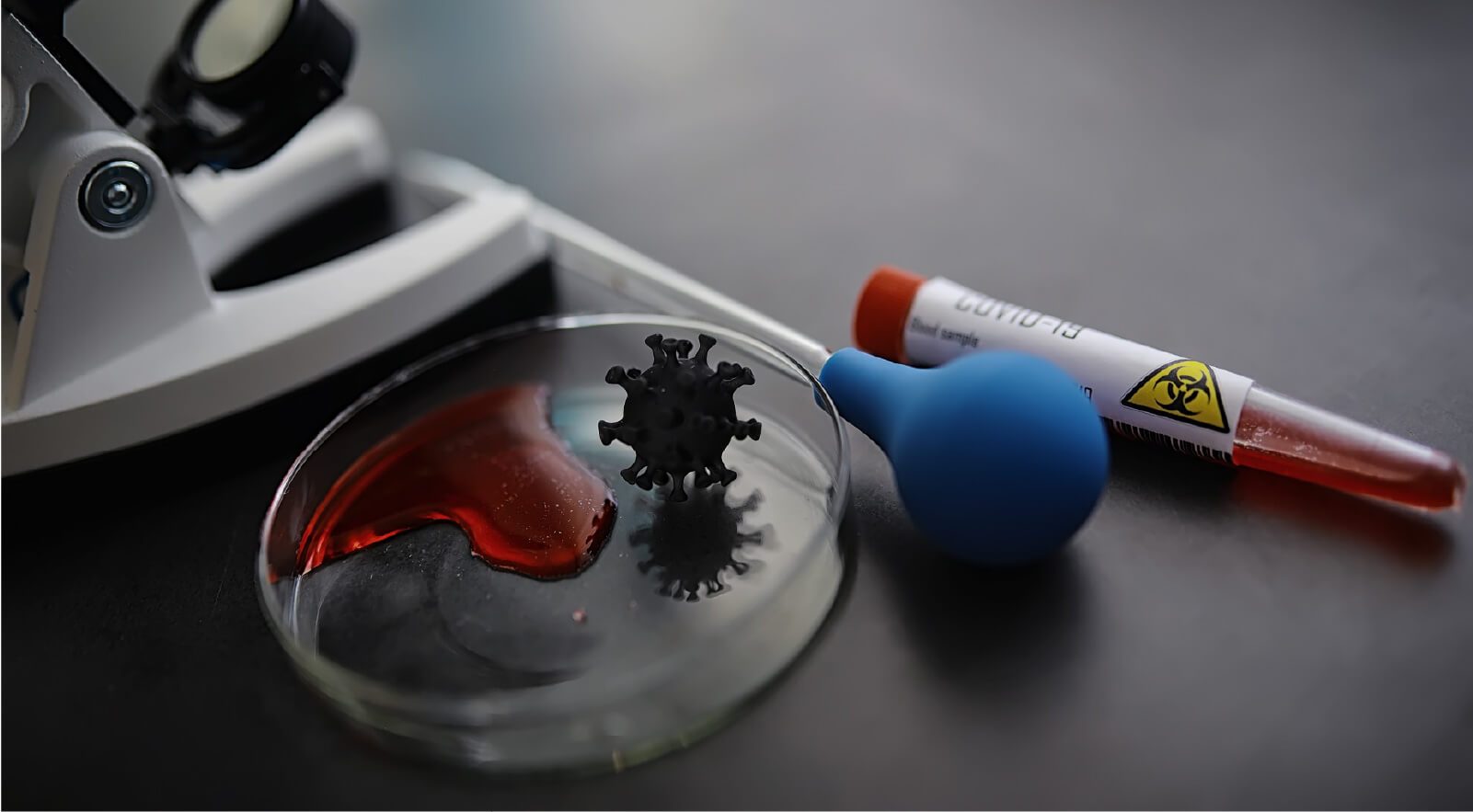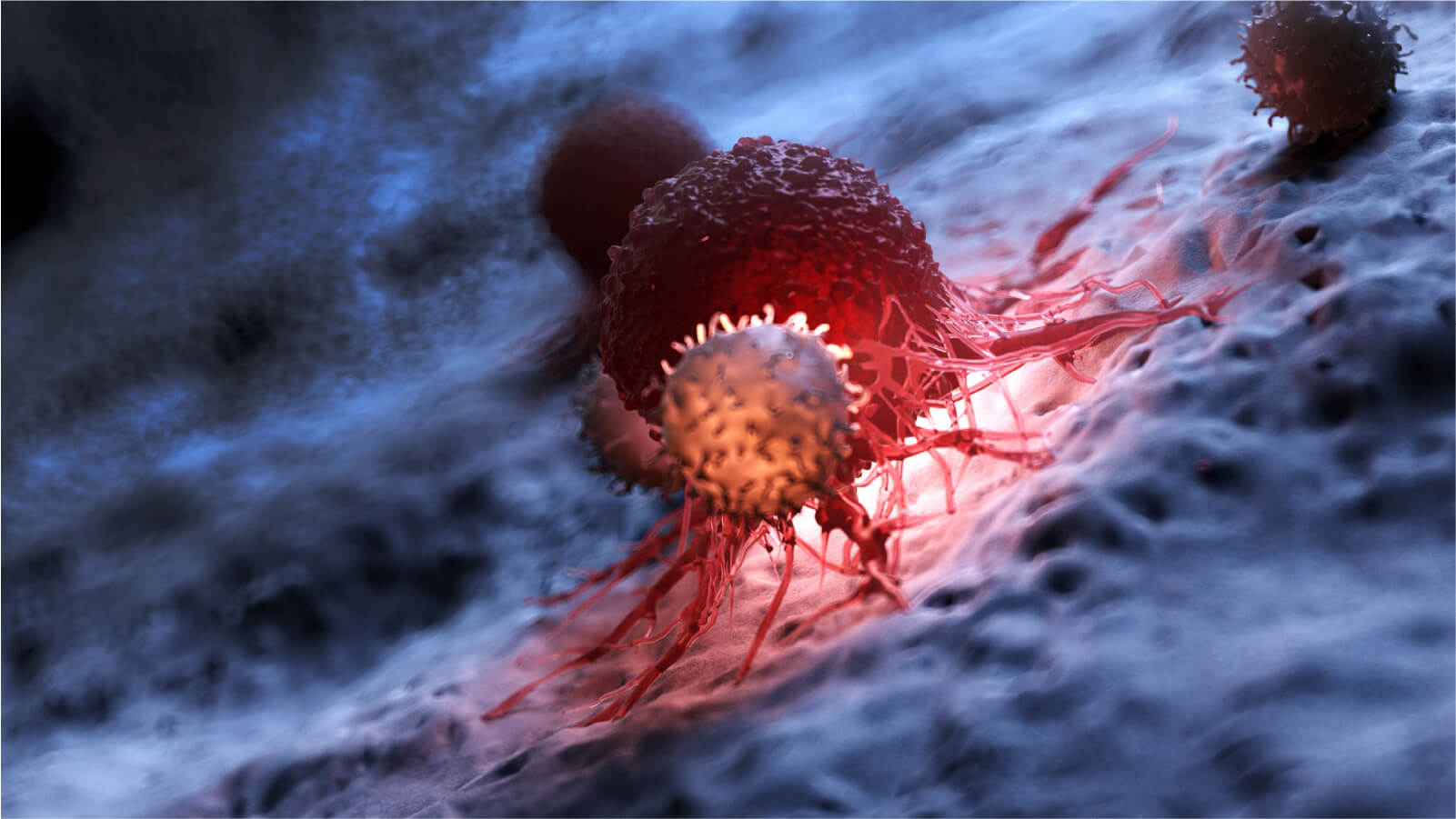
Acrocyanosis
Acrocyanosis is an uncommon painless condition characterized by persistent blue discoloration (of different shades of blue) in the distal parts of the body (hands, feet, ears, nose, lips and nipple) caused by vasospasm and reduced tissue oxygenation. The most frequently affected parts of the body are the hands.
The most common trigger is exposure to cold temperature. The skin changes frequently persist during winter and even in summer. Acrocyanosis is much less common than other so-called acrosyndromes 1, including:
- Raynaud’s phenomenon
- Perniones (chilblains)
- Acrorygosis
- Blue finger syndrome
- Erythromelalgia
Acrocyanosis should be distinguished from Raynaud’s phenomenon. Raynaud’s phenomenon is characterized by paroxysmal reversible episodes of vasospasm, usually involving small peripheral vessels of the fingers or toes and resulting in a triple-colour change starting with pallor and followed by cyanosis and erythema. While Raynaud’s phenomenon is characterized by a paroxysmal episode of triphasic or biphasic color change of the fingers and toes, acrocyanosis shows persistent blue discoloration.
Acrocyanosis is categorized into primary and secondary acrocyanosis. The term primary ((idiopathic, essential) is applied when no apparent cause can be determined. Primary acrocyanosis is believed to be a benign condition that typically requires no specific treatment. Secondary acrocyanosis has various underlying conditions, such as:
- Cold agglutinin disease
- Connective tissue diseases
- Neoplasms
- Spinal cord injury (cervical myelopathy)
- Infections, acrocyanosis may be associated with
- Hypoxemia
- Presence of cryoglobulins
- DIC
- Eating disorders
- Anorexia nervosa
- Bulimia nervosa
- Drugs
- Ergot alkaloids
- SSRIs, tricyclic antidepressants
- Norepinephrine
- Liposomal amphotericin-B and amphotericin-B deoxycholate
- Tumescent liposuction
- Intravenous chemotherapy with gemcitabine, cisplatin or oxaliplatin
Secondary acrocyanosis is often asymmetrical and is associated with pain and tissue damage compared to primary acrocyanosis.
Learn more here.



